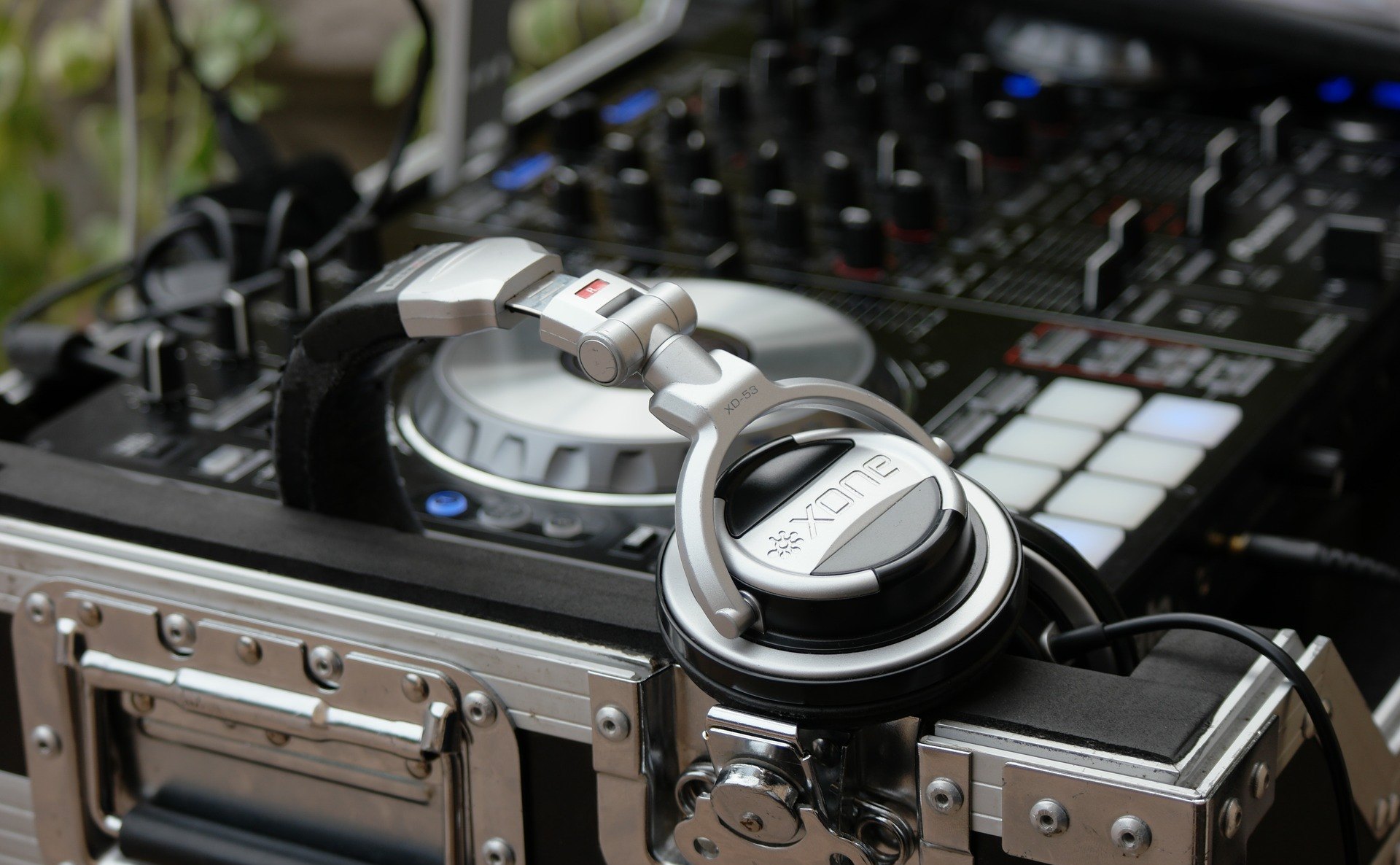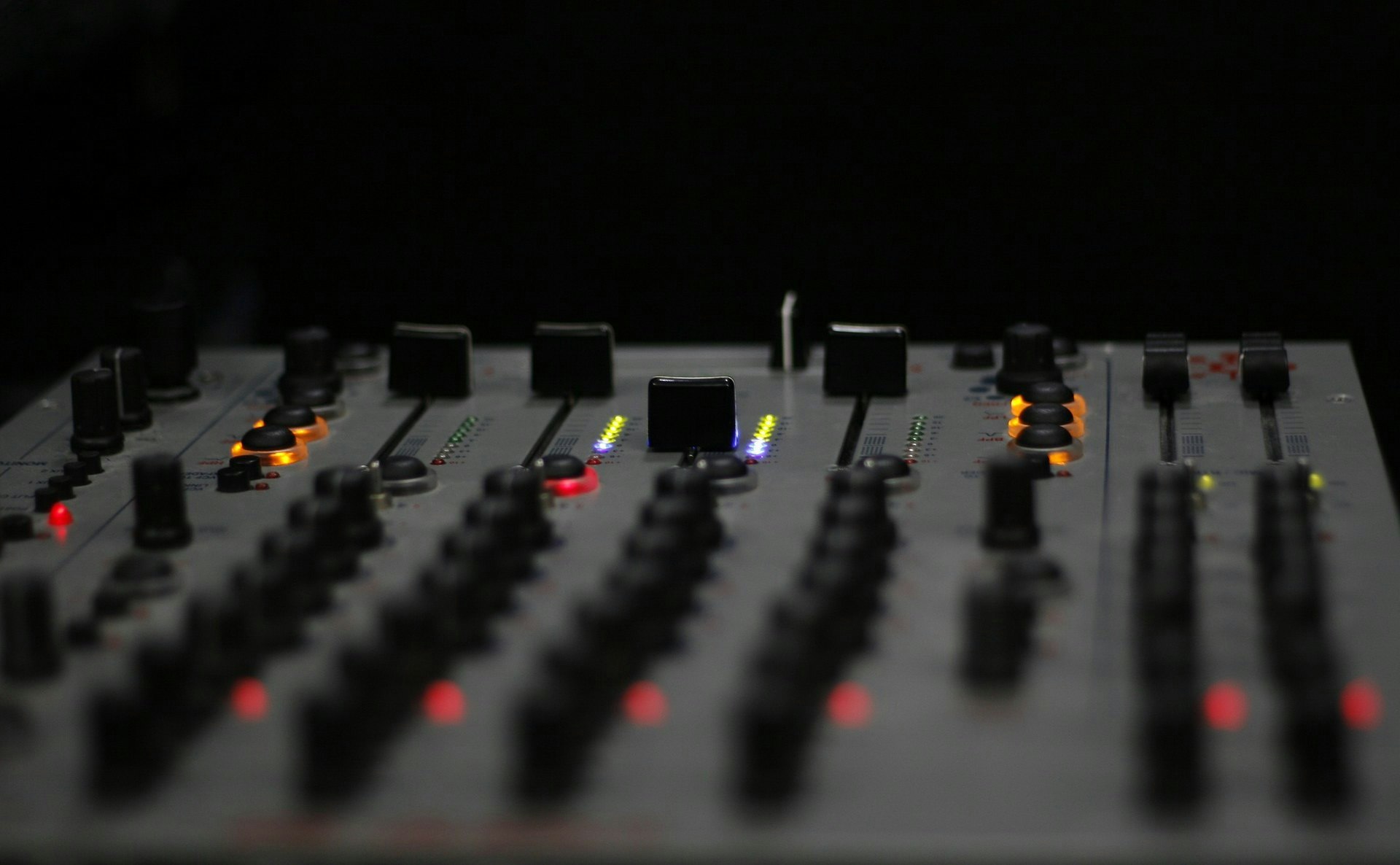
■ Features
We’ve compiled all of the ways to scratch when DJing - whether you’re mixing vinyl, playing on CDJs or using a DJ controller.
Traditionally, the term ‘scratching’ is used to refer to a number of different DJ techniques that manipulate a record on a turntable while it is being played. It is sometimes referred to as ‘turntablism’ or ‘wax manipulation’.
However, with modern DJ technology, you can create a ‘scratching’ effect with just about any DJ setup: turntables, CDJs or DJ controllers.
It's hard to say exactly who was the first scratch DJ, but there's a good argument for Grand Wizard Theodore as the inventor of the technique in 1975.
Theodore's story goes that he was practising his routine of switching between two records when he put his hand on the record as it spun and heard a ‘scratching’ sound. He kept playing with the effect, and eventually realised that you could use the turntable as an instrument by scratching it rhythmically (which is why it's also known as ‘beat juggling’).
There are a lot of scratch techniques that you can learn, and each one has its own purpose in helping make your DJ set more interesting. Below are some scratch techniques every DJ should know.
BABY SCRATCH
The baby scratch is the most basic of all the scratch techniques. It’s called this because it was used by Grand Wizard Theodore to imitate the sound of a baby crying in 1983.
To do a baby scratch, keep one hand on the record and move your other hand up and down its side (as if you were scratching). The thumb should be pressed against the record during the entire time, while the index finger only touches the record when you want a sound to play.
CHIRP SCRATCH
The chirp is another basic scratch technique that involves moving your hand on top of the record as if you were scratching with both hands at once (similar to how a crossfader works).
TRANSFORM SCRATCH
The transform is an interesting variation on normal scratching. When doing it, you’re supposed to let go of the record with your hand and let it spin freely for a second or two before grabbing it again. By doing so, you’re able to change up the tone/pitch of your scratches.
You can scratch on pretty much any DJ setup, including turntables, CDJs and DJ controllers. However, if you really want to understand scratching as an art form and immerse yourself in the history of this technique, it’s best to learn using vinyl records.
That said, there are a lot of great ways to practice scratching at home using digital DJ controllers or even just your laptop.
SCRATCHING ON VINYL
The classic setup for scratching, vinyl setups are also the most expensive, which is why so many modern DJs look for digital, more accessible alternatives such as CDJs and DJ controllers. If you do want to learn to scratch on vinyl, you’ll need two turntables, a mixer, and a record collection.
SCRATCHING ON CDJS
To scratch on CDJs you need to have at least one CDJ and a mixer. The reason for this is that the CDJ isn't designed to be scratched like turntables are. It's not possible to put it into reverse, adjust the pitch or spin it back. What makes up for that is the way you can control your music with the jog wheel. CDJs have a jog wheel that you can use to scratch. You need one mixer channel for each CDJ that you want to use.
The same applies if you're scratching on a controller, but in that case it's even more important that you have a decent mixer, since most controllers lack all of the controls you need.
SCRATCHING ON A DJ CONTROLLER
To scratch on a DJ controller, you’ll need a DJing software like Serato, Traktor or Virtual DJ.
To scratch on Serato Lite using a DJ controller, the easiest way is to use the crossfader. Most controllers have a crossfader curve adjustment (usually located right under the crossfader). To make it easier to scratch, turn this all the way up so that there is no curve. With the crossfader curve set to maximum, you should be able to scratch without changing any of the hardware settings at all.
To scratch on Virtual DJ, first, load two songs into the two virtual decks and get one of the songs playing. Next, using the mouse or cursor keys, select ‘Crossfader’ in the topmost drop-down box located just below where the virtual decks are displayed. This will assign the crossfader to scratching control. You can now move your mouse pointer over the crossfader icon on your computer screen and drag it all the way to one side of the mixer board. Dragging it all the way to either side will cause scratching in whichever direction you prefer (backward or forward).

DJ scratching is hard when you're first starting out, however, once a DJ starts scratching, all of the different elements and techniques become much more simple to understand. It also depends on the kit you start out on, if you're using a DJ controller for scratching, you'll find it much simpler to scratch fast than if you were to start out learning on a vinyl mixing setup.
If you’re ready to get stuck into learning how to DJ scratch but don’t have the necessary DJing equipment, you can book one of Pirate’s DJ studios and pay per hour across the UK, US and Germany. Each of Pirate’s studios come with industry standard Pioneer DJ equipment.
